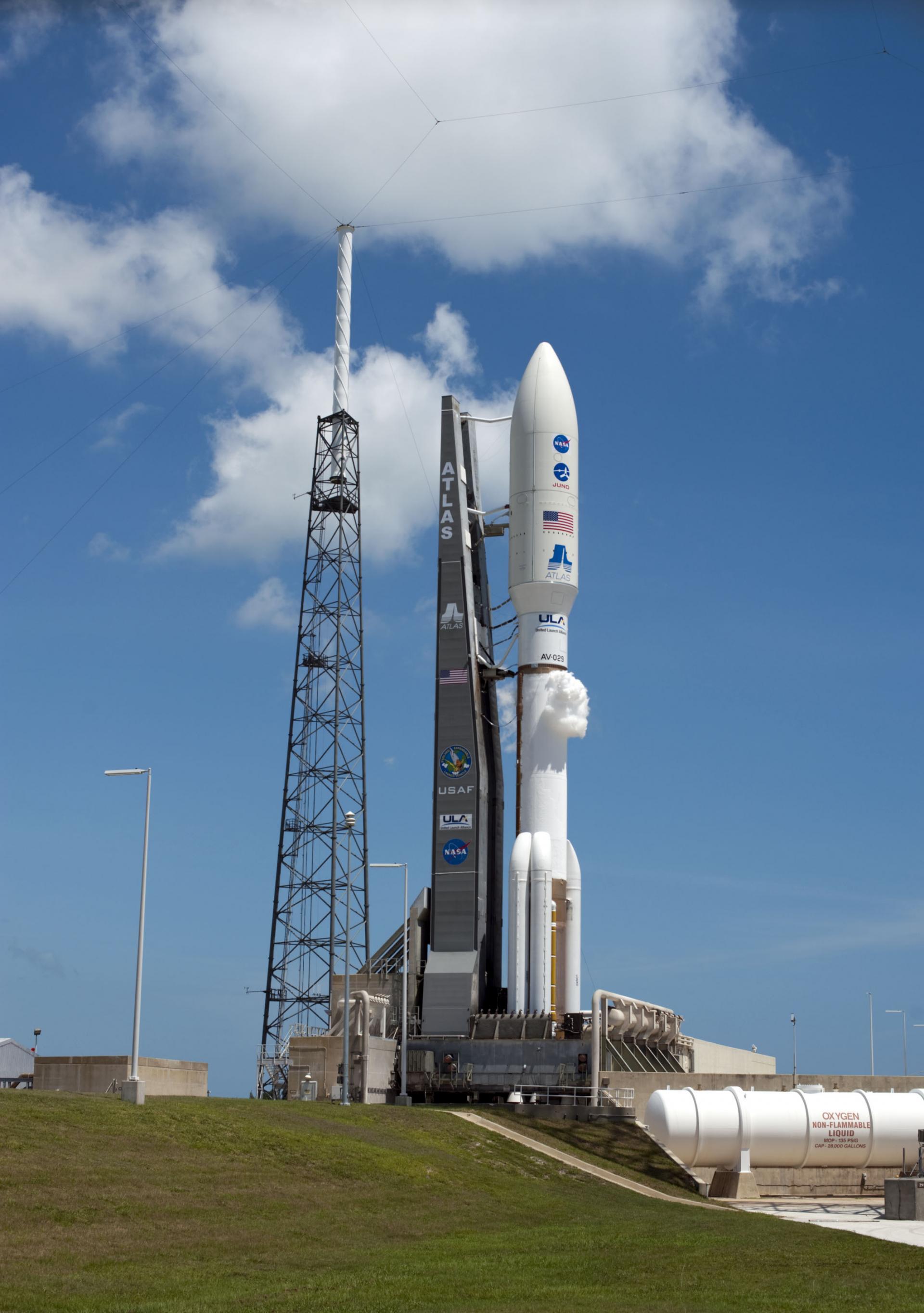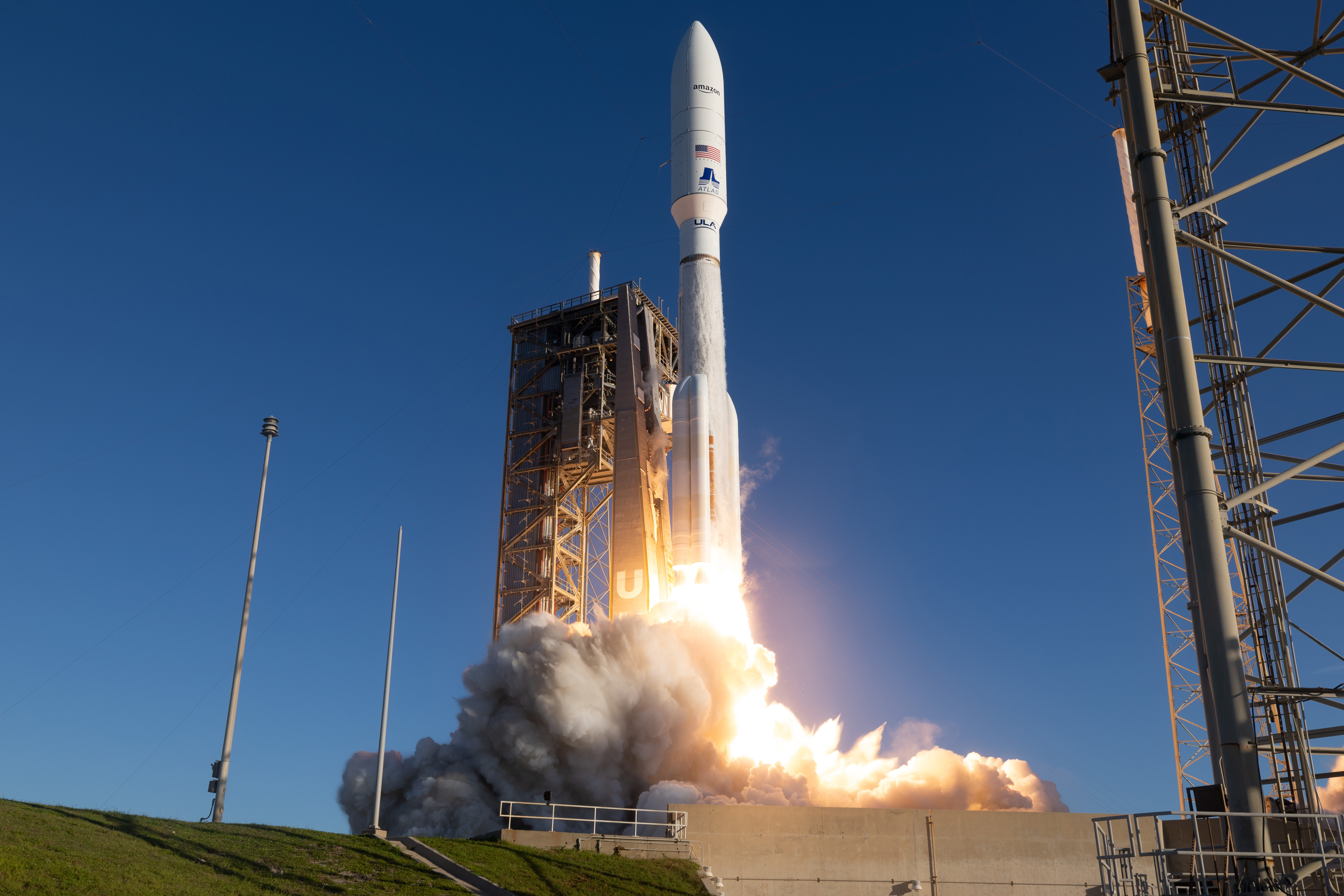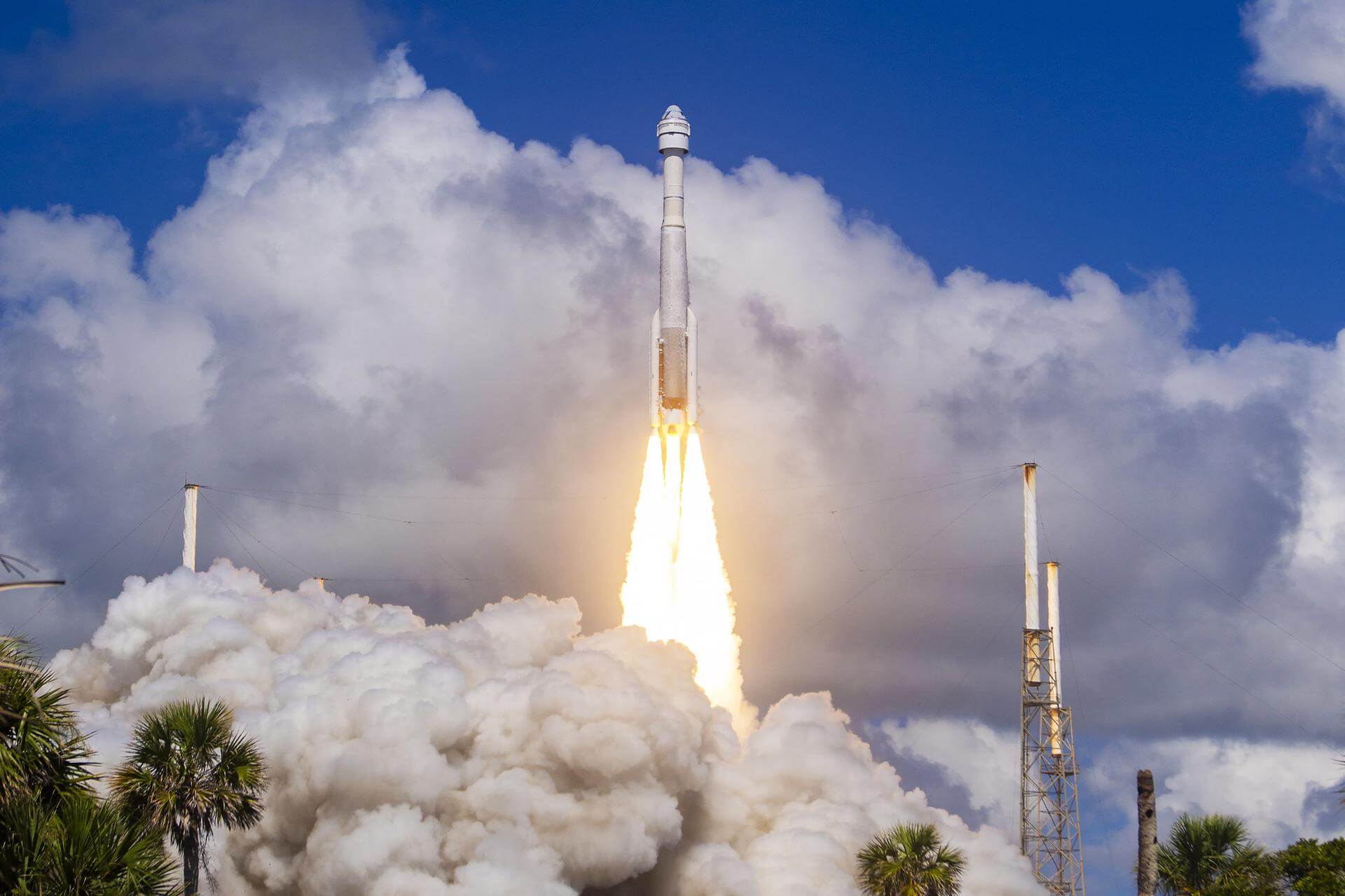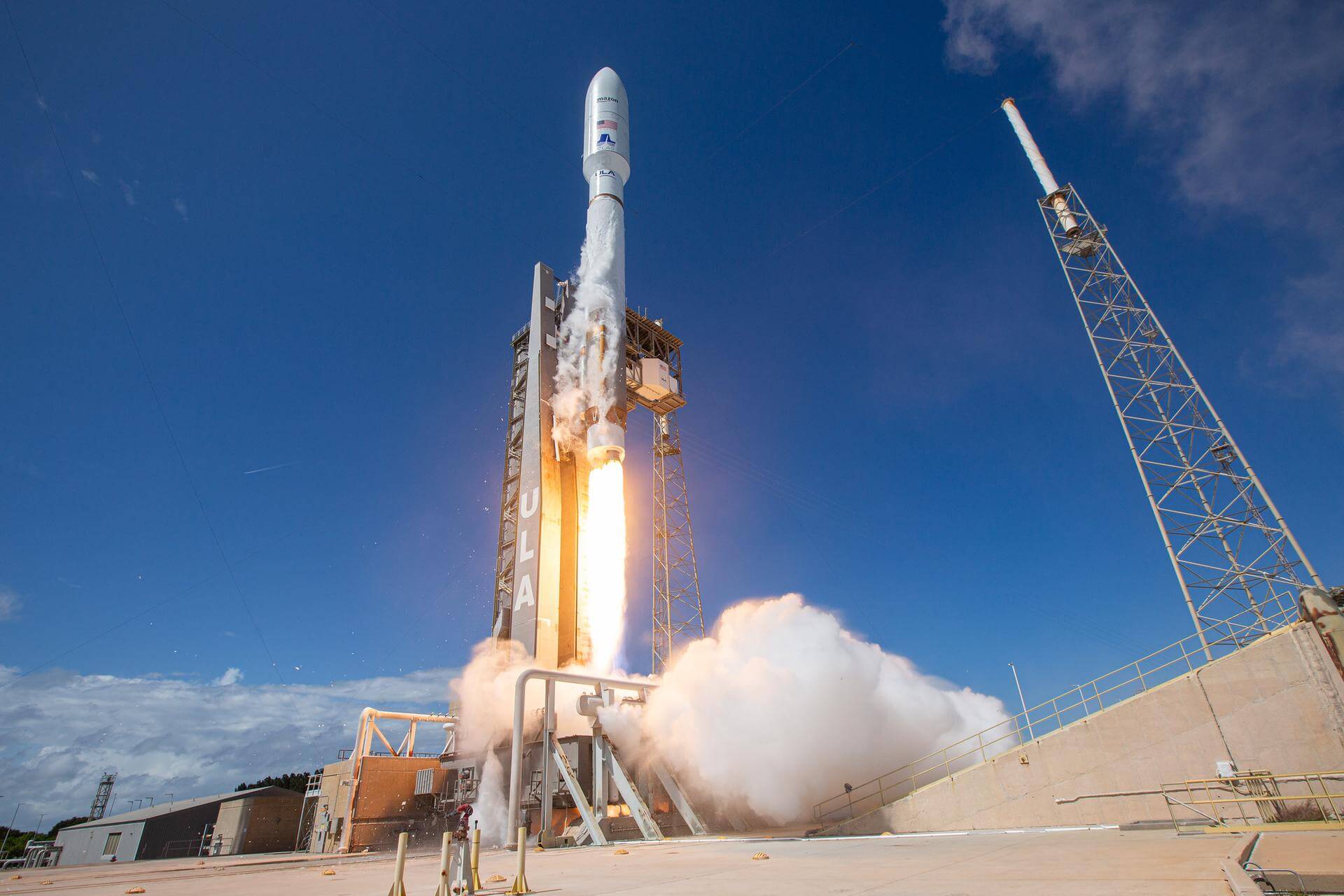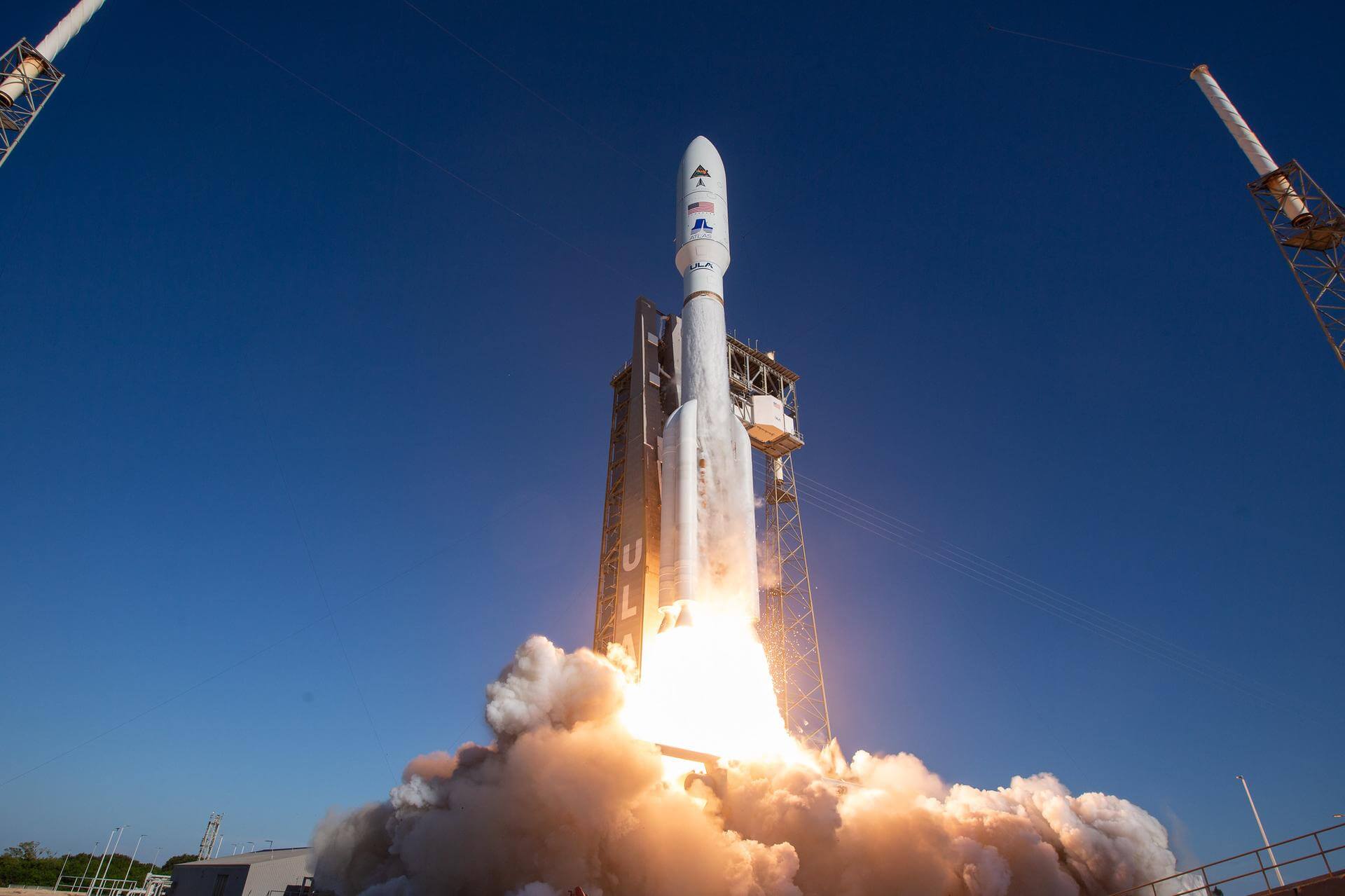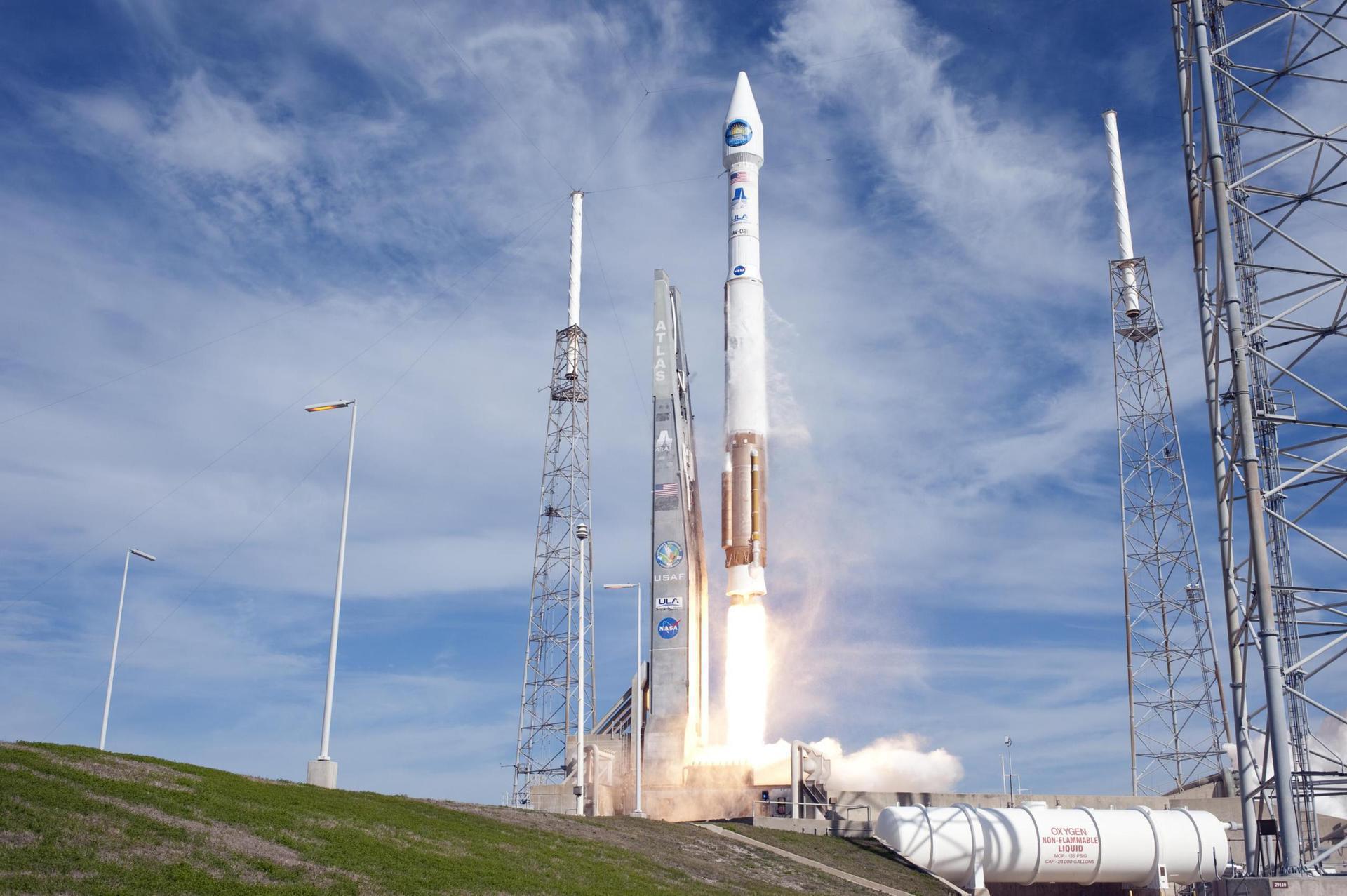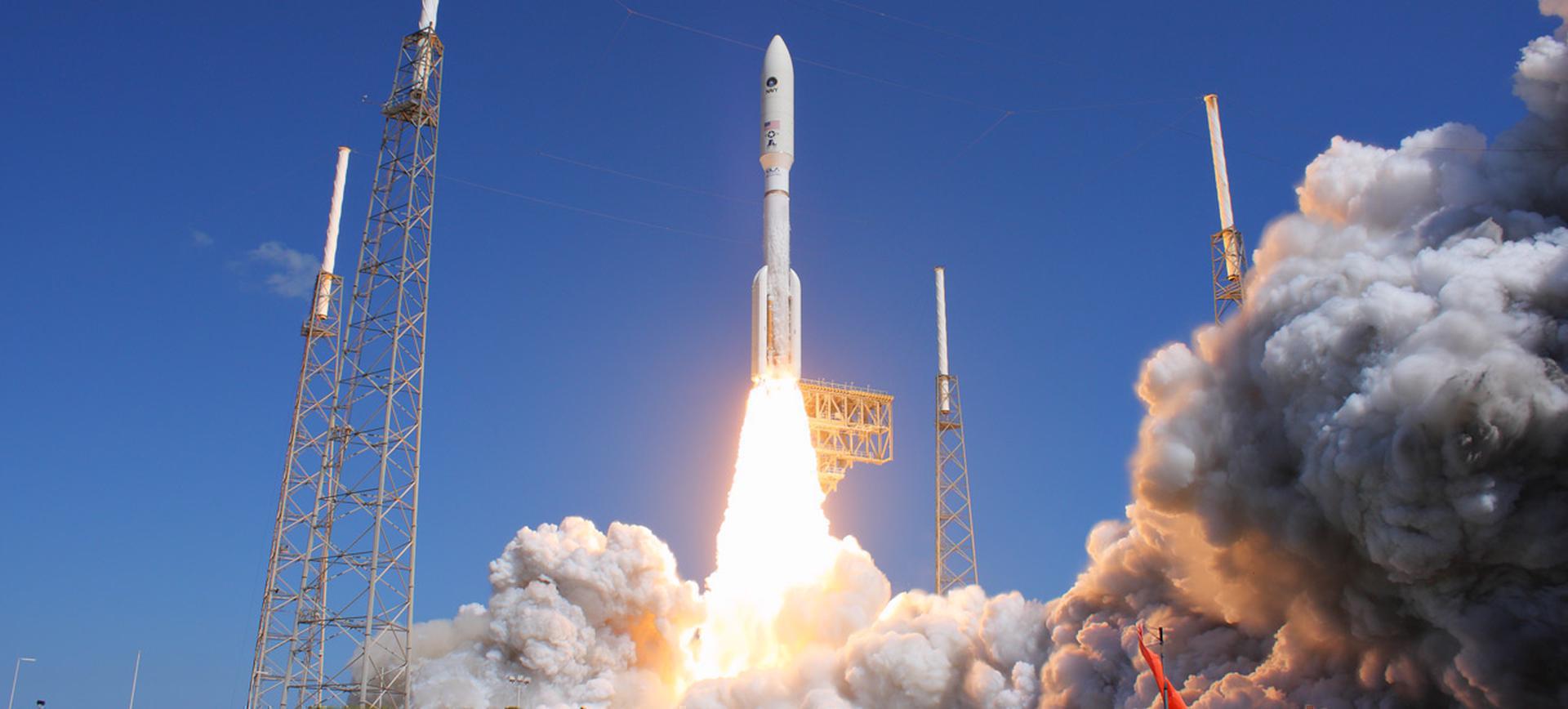Previous Spaceflight Launches
Filter by Agency, Locations or Vehicles
Show All LaunchesAtlas V 551 | ViaSat-3 F2 (ViaSat-3 EMEA)
United Launch Alliance | United States of AmericaCape Canaveral SFS, FL, USA
Nov. 14, 2025, 3:04 a.m.
Status: Launch Successful
Mission:
The ViaSat-3 is a series of three Ka-band satellites is expected to provide vastly superior capabilities in terms of service speed and flexibility for a satellite platform. Each ViaSat-3 class satellite is expected to deliver more than 1-Terabit per second of network capacity, and to leverage high levels of flexibility to dynamically direct capacity to where customers are located.
Geostationary Transfer OrbitAtlas V 551 | Amazon Leo (KA-03)
United Launch Alliance | United States of AmericaCape Canaveral SFS, FL, USA
Sept. 25, 2025, 12:09 p.m.
Status: Launch Successful
Mission:
Amazon Leo, formerly known as Project Kuiper, is a mega constellation of satellites in Low Earth Orbit that will offer broadband internet access, this constellation will be managed by Kuiper Systems LLC, a subsidiary of Amazon. This constellation is planned to be composed of 3,276 satellites. The satellites are projected to be placed in 98 orbital planes in three orbital layers, one at 590 km, 610 km and 630 km altitude.
Low Earth OrbitAtlas V 551 | Amazon Leo (KA-02)
United Launch Alliance | United States of AmericaCape Canaveral SFS, FL, USA
June 23, 2025, 10:54 a.m.
Status: Launch Successful
Mission:
Amazon Leo, formerly known as Project Kuiper, is a mega constellation of satellites in Low Earth Orbit that will offer broadband internet access, this constellation will be managed by Kuiper Systems LLC, a subsidiary of Amazon. This constellation is planned to be composed of 3,276 satellites. The satellites are projected to be placed in 98 orbital planes in three orbital layers, one at 590 km, 610 km and 630 km altitude.
Low Earth OrbitAtlas V 551 | Amazon Leo (KA-01)
United Launch Alliance | United States of AmericaCape Canaveral SFS, FL, USA
April 28, 2025, 11:01 p.m.
Status: Launch Successful
Mission:
Amazon Leo, formerly known as Project Kuiper, is a mega constellation of satellites in Low Earth Orbit that will offer broadband internet access, this constellation will be managed by Kuiper Systems LLC, a subsidiary of Amazon. This constellation is planned to be composed of 3,276 satellites. The satellites are projected to be placed in 98 orbital planes in three orbital layers, one at 590 km, 610 km and 630 km altitude.
Low Earth OrbitAtlas V 551 | USSF-51
United Launch Alliance | United States of AmericaCape Canaveral SFS, FL, USA
July 30, 2024, 10:45 a.m.
Atlas V N22 | CST-100 Starliner Crewed Flight Test
United Launch Alliance | United States of AmericaCape Canaveral SFS, FL, USA
June 5, 2024, 2:52 p.m.
Atlas V 501 | Amazon Leo (Project Kuiper) Protoflight Mission
United Launch Alliance | United States of AmericaCape Canaveral SFS, FL, USA
Oct. 6, 2023, 6:06 p.m.
Status: Launch Successful
Mission:
This launch deployed 2 KuiperSat demonstration satellites to 500 km altitude, 30 degree inclination orbit. They were previously scheduled on the 1st Vulcan launch. Amazon Leo, formerly known as Project Kuiper, is a mega constellation of satellites in Low Earth Orbit that will offer broadband internet access, this constellation will be managed by Kuiper Systems LLC, a subsidiary of Amazon. This constellation is planned to be composed of 3,276 satellites. The satellites are projected to be placed in 98 orbital planes in three orbital layers, one at 590 km, 610 km and 630 km altitude.
Low Earth OrbitAtlas V 551 | NROL-107 (Silent Barker)
United Launch Alliance | United States of AmericaCape Canaveral SFS, FL, USA
Sept. 10, 2023, 12:47 p.m.
Atlas V 401 | JPSS 2 (Joint Polar Satellite System spacecraft No. 2) & LOFTID
United Launch Alliance | United States of AmericaVandenberg SFB, CA, USA
Nov. 10, 2022, 9:49 a.m.
Status: Launch Successful
Mission:
JPSS is a collaborative program between NOAA and NASA. JPSS-2 is one of five satellites that will comprise the JPSS constellation. These spacecraft gather global measurements of atmospheric, terrestrial and oceanic conditions, including sea and land surface temperatures, vegetation, clouds, rainfall, snow and ice cover, fire locations and smoke plumes, atmospheric temperature, water vapor and ozone. LOFTID is a tech demo for the inflatable heatshield technology. It will attempt to survive a reentry from orbit after JPSS 2 is separated. This test will validate the technology for various applications, such as landing large payloads on Mars and engine reuse on ULA’s Vulcan rocket.
Sun-Synchronous OrbitAtlas V 531 | SES-20 & SES-21
United Launch Alliance | United States of AmericaCape Canaveral SFS, FL, USA
Oct. 4, 2022, 9:36 p.m.
Status: Launch Successful
Mission:
SES-20 & SES-21 are a pair of C-band communication satellites built by Boeing, using the highly efficient all-electric propulsion BSS-702SP satellite bus. These satellites will enable SES to clear 280MHz of mid-band spectrum for 5G use while seamlessly migrating SES’s existing C-band customers and ensuring the continued delivery of digital television to nearly 120 million American TV homes and other critical data services.
Geostationary Orbit